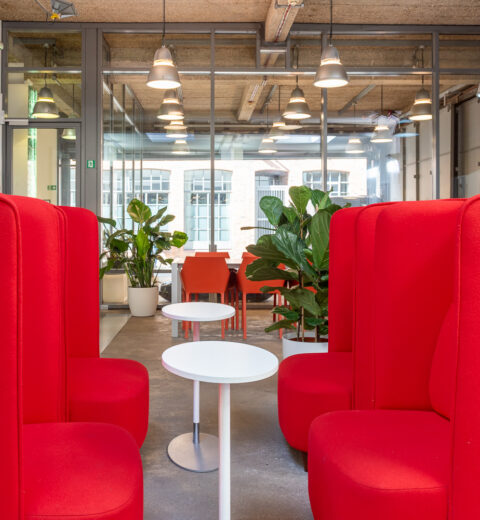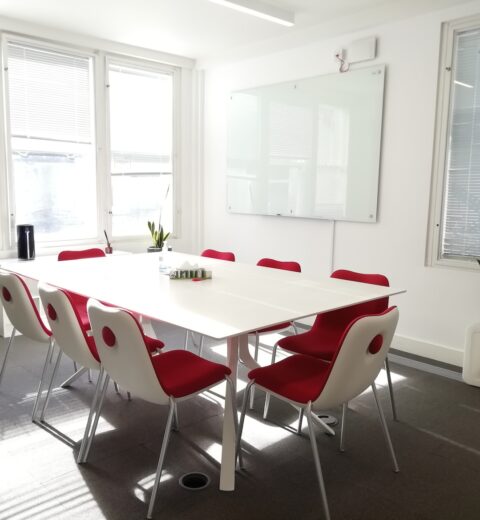Why businesses should make inclusive design a priority
Over 7 million people of working age in the UK have a disability. If accessibility is not a part of your design, whether a product or service, you’re missing out on huge pools of potential talent and spending power.
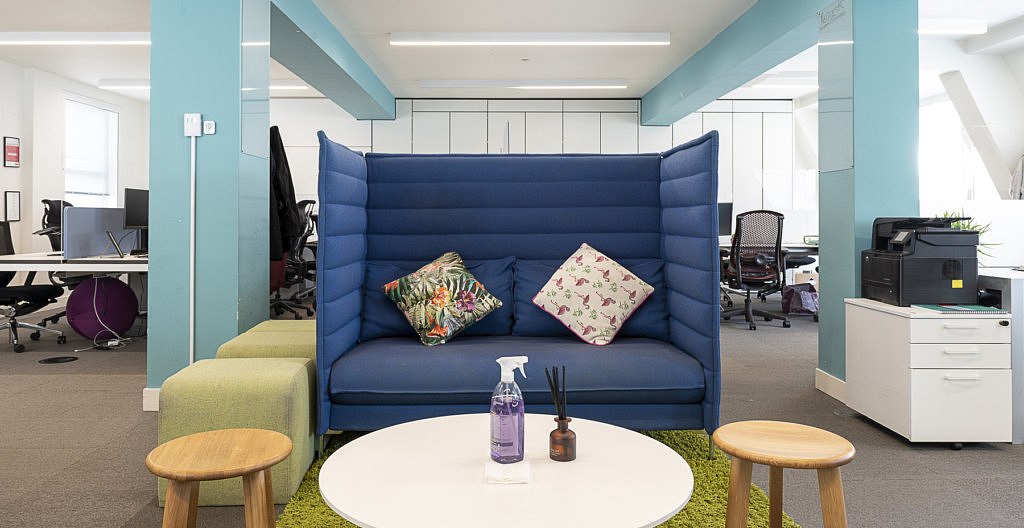
Whether it’s potential employees, partners or customers, having products or premises that are not accessible to all – ensuring inclusivity is as good for business as it is morally and ethically important.
So which areas do some businesses struggle with, and where can improvements be made?
What accessibility means
The term accessibility may bring up immediate thoughts of physical barriers. For example, a lack of ramps and lifts for wheelchair access, or failing to offer communication suitable for partially sighted or blind people.
However, things may be inaccessible for different people for all manner of reasons. A person with so-called ‘invisible’ disabilities – such as autism, diabetes or learning disabilities – may not be comfortable in different settings. Indeed, someone living with this kind of disability may even be undiagnosed, or unable to articulate exactly what their needs are.
Catering for all needs requires careful planning and a lot of research.
The common pitfalls
Again, it is easy to understand that a lack of a ramp will deny someone access to a premises, or that someone may need audio or braille cues if they are blind.
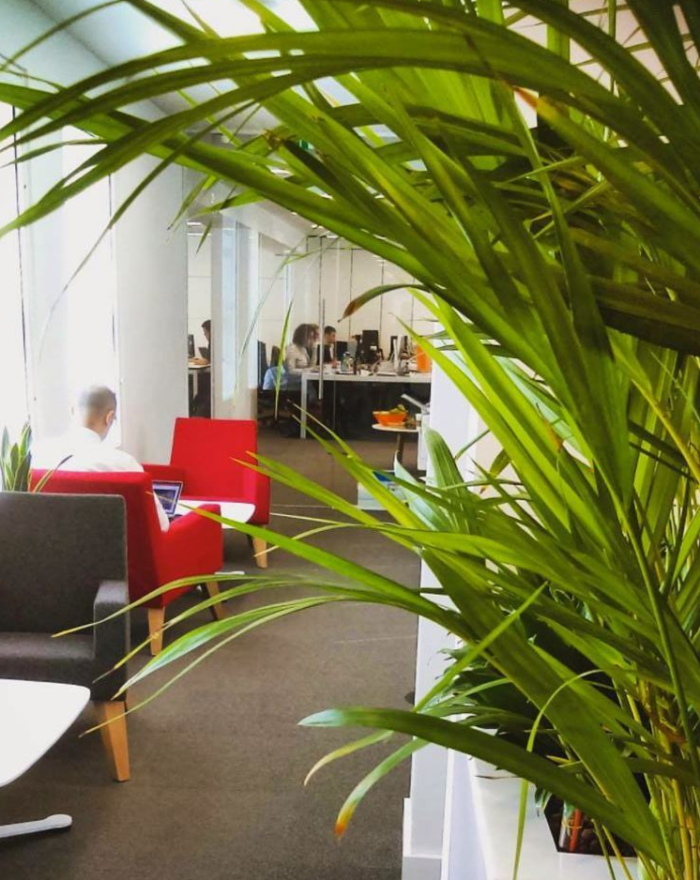
But that same blind person would need to be carefully considered if you were moving your offerings online or onto a mobile app – something particularly important as coronavirus restrictions force more businesses to close their physical settings.
Getting around might be harder for those living with a disability, too. For example, someone may be offered a company car, but it has not been taken into account that someone with a physical disability will need different mobility solutions.
How to make improvements
Making sure that ramps and lifts make all areas of your building accessible will allow those living with a physical disability to visit your premises – whether as an employee or a customer – while adjustable desks, automatic doors and wide hallways are all crucial.
If you are an app developer whose platform relies on a user interacting with text, is it possible to add a speech function for partial-sighted people. The converse should be considered for the hard of hearing.
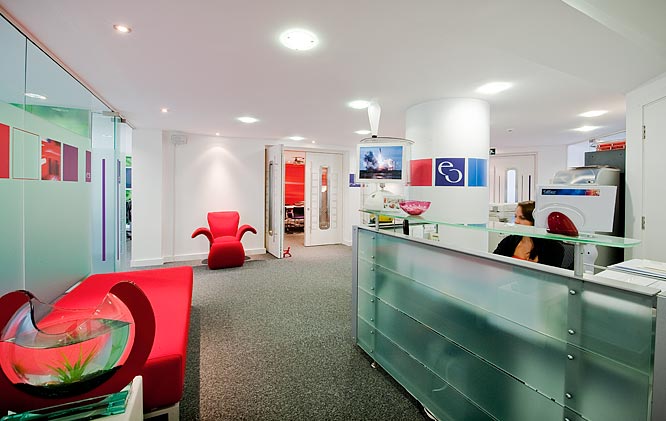
When dealing with those living with ‘invisible’ disabilities, it may be wise to consider how they might feel in your environment. Loud, bright and brash spaces could intimidate someone with autism. Similarly inviting them into your place of work at the busiest time of day could lead to a distressing situation, so setting aside specialist hours – as supermarket chain Morrisons has – gives people access to your business, creating a strong bond with that customer.
Photo credits: eOffice

